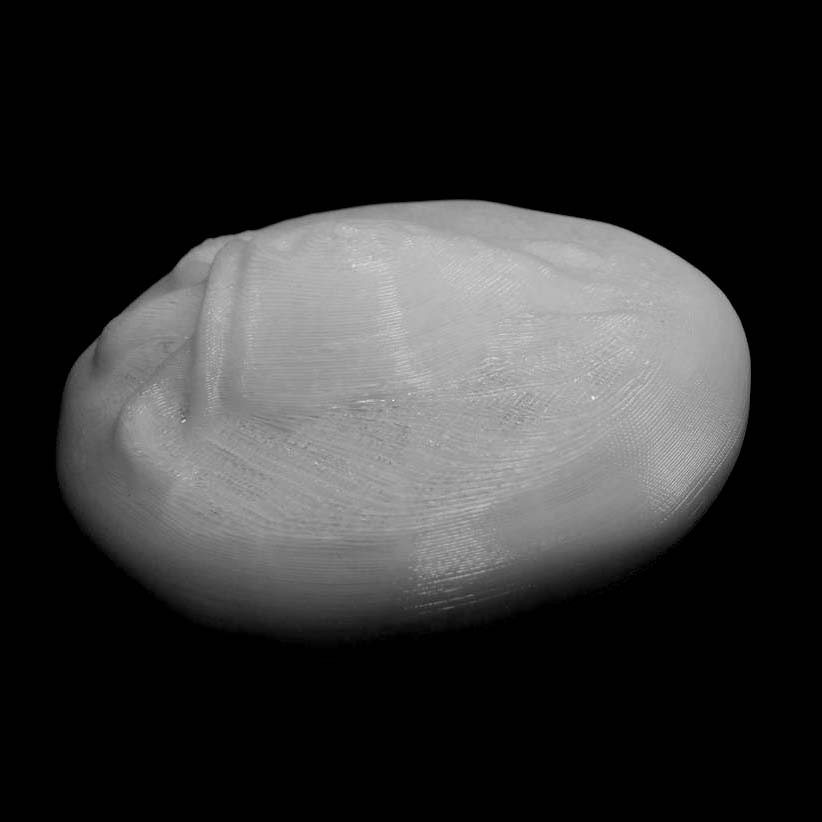
Silver stater coin from Aegina at The British Museum, London
myminifactory
The concept of minting coins in silver was first adopted by the Greek city states of Aegina, Corinth, and Athens. This idea quickly spread across the Mediterranean. By the end of the 500s BC, most mints had begun producing coins with designs on both sides. This century marked the peak of a period in human history known as the Axial Age. During this time, five major thought streams emerged from five great thinkers in different parts of the world. In the Near East, the first half of this century was controlled by the Neo-Babylonian or Chaldean empire, which rose to power late in the previous century after successfully rebelling against Assyrian rule. The Kingdom of Judah came to an end in 586 BC when Babylonian forces under Nebuchadnezzar II captured Jerusalem and removed most of its population to their own lands. However, Babylonian rule was toppled in the 540s by Cyrus, who founded the Persian Empire in its place. The Persian Empire continued to expand and grew into the greatest empire the world had known at that time. (Credit: Wikipedia) This object is part of "Scan The World". Scan the World is a non-profit initiative introduced by MyMiniFactory, through which we are creating a digital archive of fully 3D printable sculptures, artworks, and landmarks from across the globe for public access. Scan the World is an open-source community effort. If you have interesting items around you and would like to contribute, email stw@myminifactory.com to learn how you can help. Scanned: Photogrammetry (Processed using Agisoft PhotoScan)
With this file you will be able to print Silver stater coin from Aegina at The British Museum, London with your 3D printer. Click on the button and save the file on your computer to work, edit or customize your design. You can also find more 3D designs for printers on Silver stater coin from Aegina at The British Museum, London.
